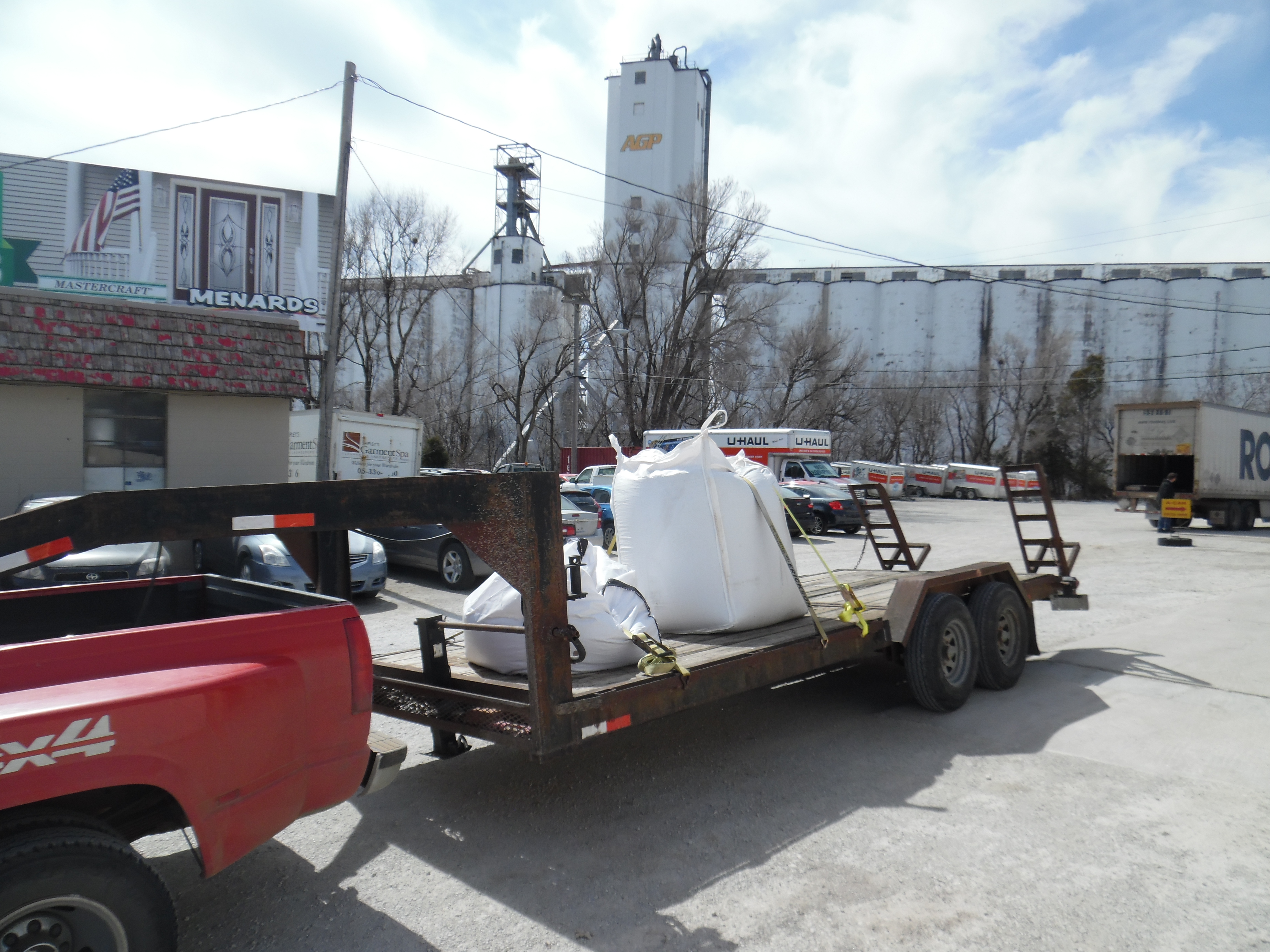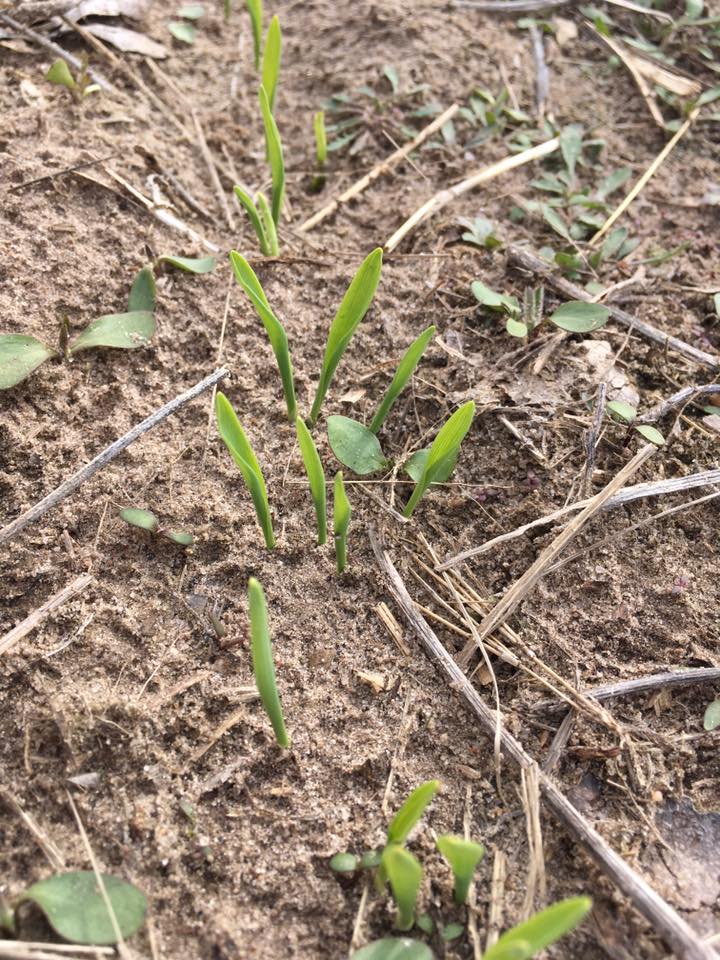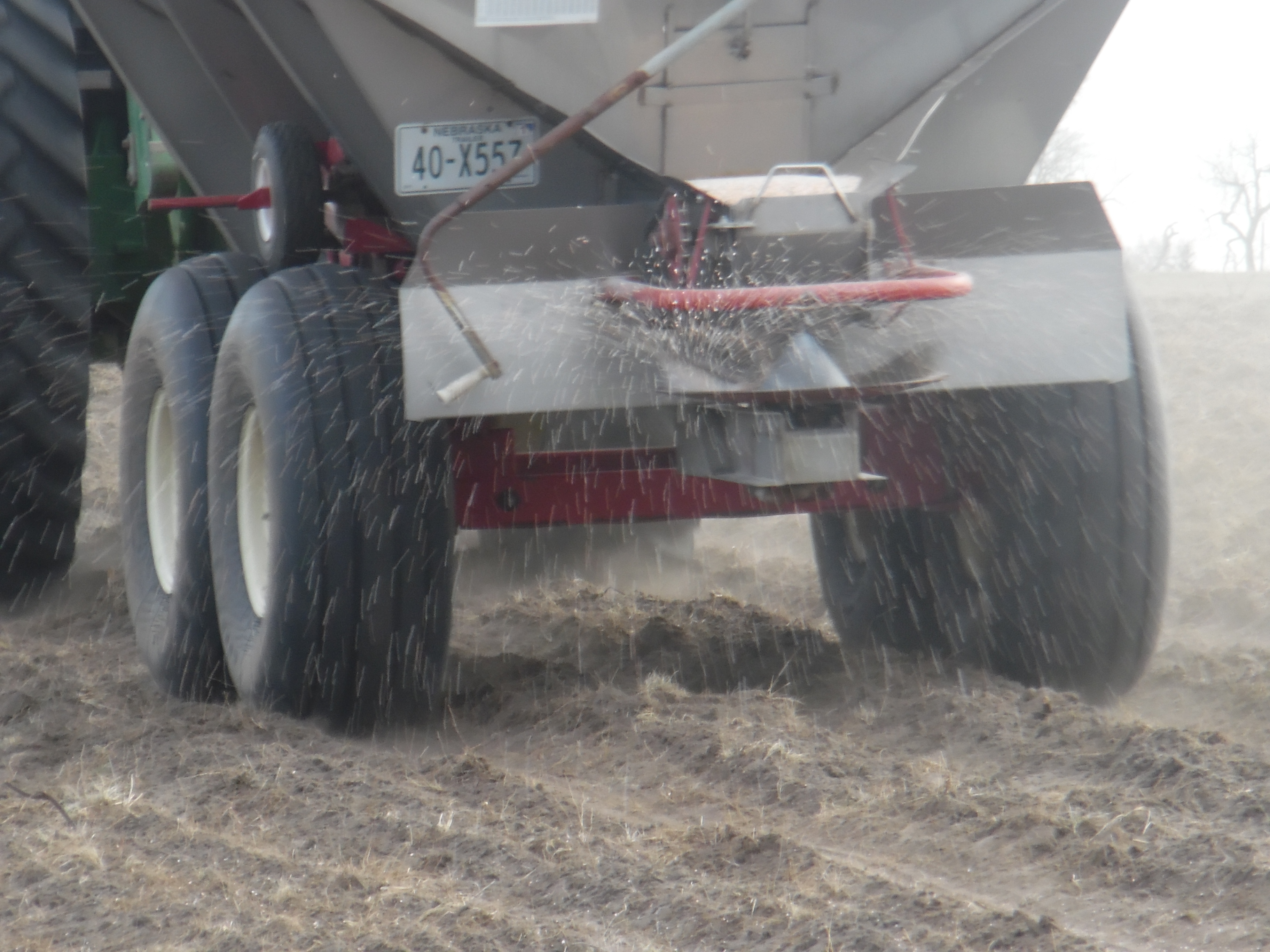
Hello! I bet you thought we had vanished off the face of the Earth (that is if there is anyone reading our page). It has been one crazy spin after another since I last updated you on the farm. We finished out growing season 2017 and have officially kicked off growing season 2018. And by kicked off I mean; finished taxes, apply for operating note, map out farm to decide what will grow where, get seed prices, order seed, get fertilizer quotes started, and finally look over equipment that will be used this year.
As luck would have it my husband, Jimmy, decided to go ahead and become a seed dealer so investigating seed prices was a much simpler task than previous years. He is now an official “Latham Seed Dealer”. Why Latham? Well let me tell you they are in one word “FANTASTIC”. They have been nothing but great. They have really figured out how to be more like a family than a company. And with family in mind that is how we intend to run our seed sales as well. Just the other day they sent Jimmy a box of cookies. The cookies were gone in about a day. (Apparently the boys in my house can’t get enough baked goods). If you have time or are curious pop over to www.LathamSeeds.com, they operate out of Iowa and have been doing so for over 70 years. Sometime I will have Jimmy write a blog post about Latham.
After the row crop planning is finished; we begin to look at the livestock side. We have as you know we have sheep and a cow. Well low and behold we have more sheep now and one more calf. Our Shorthorn, Lacey, will be off to spend time with her new boyfriend in the coming days. He is a handsome Longhorn bull that knows what he is doing, we hope. Why Longhorn? If you’ve never seen a Longhorn come running toward you, you haven’t lived yet. They are simply some of the most majestic cows, in my opinion. They also have good birthweight for first time heifers (which means the baby will be small so it will be easier on the mama having it), their meat has less fat than chicken, and they grow well on unimproved pasture (which we still have quite a bit of). She will be there for about two months, while her new beau brings her flowers and serenades her every night. JUST KIDDING…

Whopper (angus steer) will fulfill his purpose in the next few days as well. And though not everyone will agree with it, he was raised with care and provided a great life of lounging in his feed and provided all the food one steer could ever want to eat or lay on.
In his place, (and so Lacey isn’t lonely upon return) we purchased a British White heifer calf. My daughter has named her Peppermint and intends to use her for a 4-H project this next summer. She is adorable, milky white with big soft brown eyes, black nose and ears. She is turning out to be a very sweet and well mannered calf. That is until we try to halter her and then I’m sure the spawn of satan will leap out of her. I hope not for me and my husbands sake.
The new sheep have settled in and taken charge of the place and have been playing house with our new ram since late October. Which should mean by April little lambs will arrive again! My favorite time of year is seeing the little lambs bounce around.



Well off to bed as now I have caught our avid readers (like all 2 of you) up on the comings and goings of the last six months.

 This was at about a week after it had a emerged. Don’t mind the lovely weeds all around it s in the middle the stalk like stems. We fertilized the barley right after we planted and we received a nice rain just after so our timing couldn’t have been more perfect!
This was at about a week after it had a emerged. Don’t mind the lovely weeds all around it s in the middle the stalk like stems. We fertilized the barley right after we planted and we received a nice rain just after so our timing couldn’t have been more perfect! This image is the barley at 3 weeks after if emerged! Lush and green and the rows look pretty clean! We are super excited and hopeful for a great crop. Eventually, we will have to do a fungicide application and probably some type of weed control to ensure the barley has a fighting chance.
This image is the barley at 3 weeks after if emerged! Lush and green and the rows look pretty clean! We are super excited and hopeful for a great crop. Eventually, we will have to do a fungicide application and probably some type of weed control to ensure the barley has a fighting chance.
 Now we know that it’s not new, but for the price and condition we felt like we got a good deal. We will be using this baler a lot this year; barley straw bales, wheat straw bales, prairie hay bales, alfalfa bales, and our timothy/orchard/white clover bales. She will be getting a workout. We have yet to do a final check over all of her parts but as we don’t start the hay seasons for a couple of months we have some time. WHEW!
Now we know that it’s not new, but for the price and condition we felt like we got a good deal. We will be using this baler a lot this year; barley straw bales, wheat straw bales, prairie hay bales, alfalfa bales, and our timothy/orchard/white clover bales. She will be getting a workout. We have yet to do a final check over all of her parts but as we don’t start the hay seasons for a couple of months we have some time. WHEW!


















Recent Comments